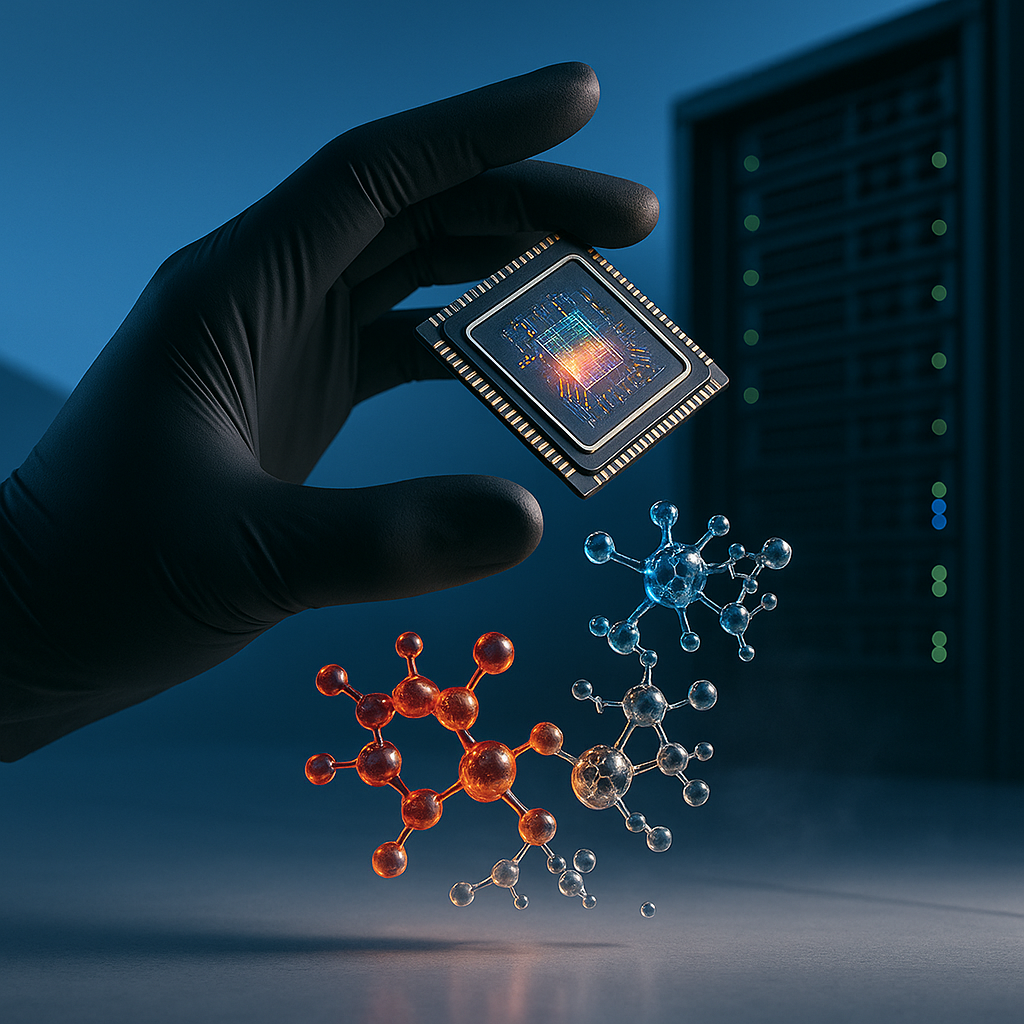Verifiable Quantum Advantage: Google's Willow and IBM's FPGA Error-Correction Breakthrough
Published Nov 12, 2025
On 2025-10-22 Google and IBM announced complementary quantum milestones that move the field toward practical use: Google’s 105-qubit Willow processor ran the new Quantum Echoes OTOC algorithm, producing verifiable expectation values (including NMR-inferred geometries for 15- and 28-atom molecules) and executing 13,000× faster than the best classical algorithm, while Willow reported single-qubit fidelity ~99.97%, entangling gates ~99.88% and readout ~99.5%; IBM demonstrated a quantum error‐correction routine running in real time on conventional AMD FPGAs at 10× the required speed, advancing its Starling roadmap toward 2029. These results matter because verifiability and faster, FPGA-enabled error correction make real applications (molecular modeling, materials, drug discovery) more plausible; next steps are scaling to logical qubits, external replication of Quantum Echoes and error‐correction results, and broader industry benchmarks, with Google projecting useful applications within five years.
